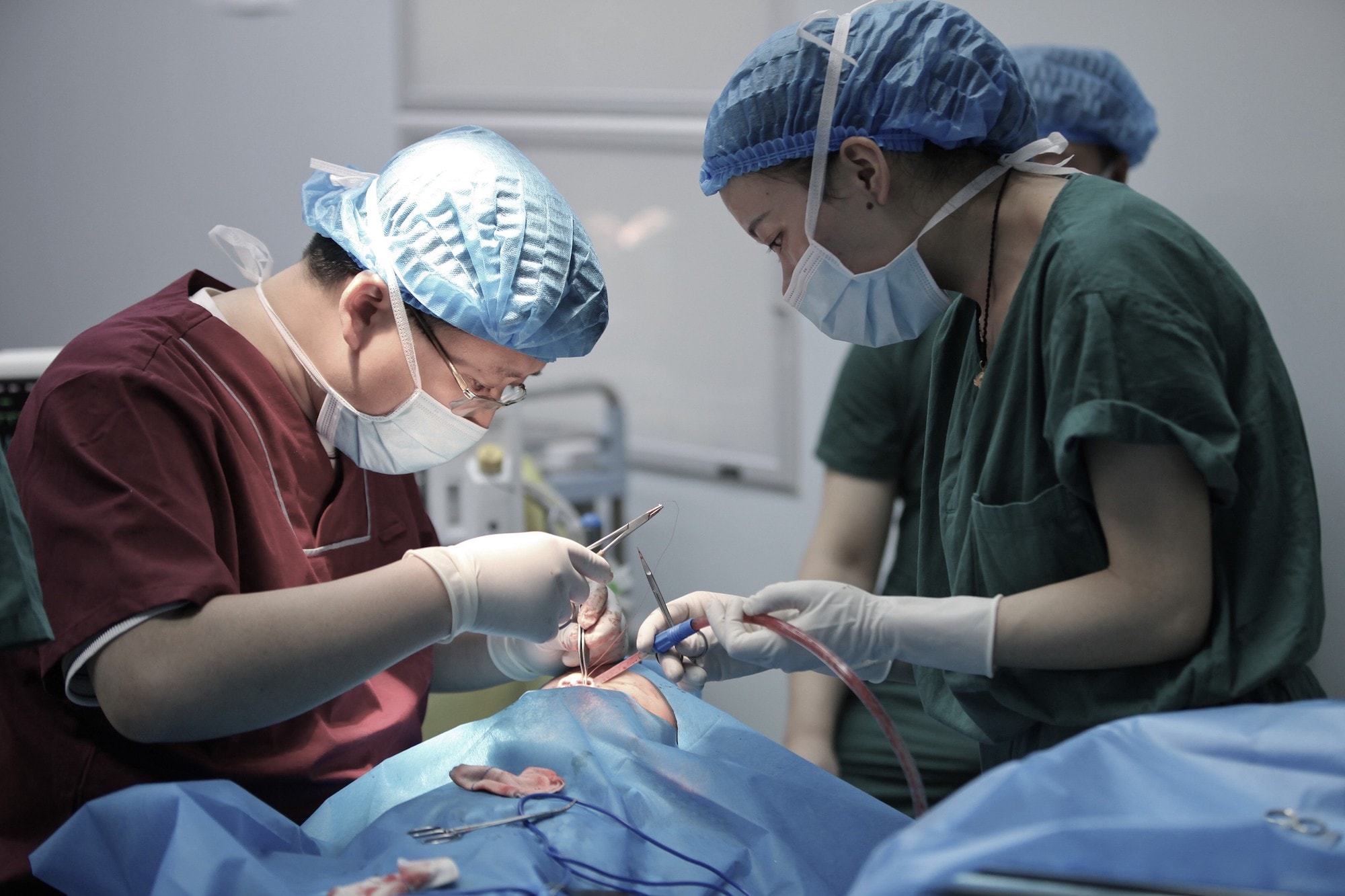
A cleft is an opening in the lip, the roof of the mouth or the soft tissue in the back of the mouth. A cleft lip may be accompanied by an opening in the bones of the upper jaw and/or the upper gum. A cleft palate occurs when the two sides of a palate do not join together, resulting in an opening in the roof of the mouth. A cleft lip and palate can occur on one side (unilateral) or both sides (bilateral). A child can suffer from a cleft lip, a cleft palate or both.
Cleft lips and cleft palates are congenital defects that occur early in embryonic development. Clefts occur between the fourth and sixth weeks of pregnancy, as the facial structure of the fetus develops. If the bones do not connect correctly a cleft can develop.
The exact cause is unknown. Scientists believe a combination of genetic and environmental factors, such as drugs, infections, maternal illnesses, maternal smoking and alcohol use, malnutrition and possibly, deficiency of the B vitamin in folic acid may lead to a cleft lip or cleft palate. If one child in a family is born with a cleft, the risk increases by 2 to 4 percent that future children in the family will suffer from the same defect.
Approximately one in every 700 babies in the United States is born with a cleft lip and/or cleft palate – the fourth most common birth defect in the United States. It is estimated that in the developing world, the number of babies born with this deformity is one in 500-600. This means that, assuming 15,000 children are born per hour worldwide¹, a child is born with a cleft somewhere in the world approximately every 2 ½ minutes.² More than 70% of babies with a cleft lip also have a cleft palate. Males are affected more frequently than females.
- United States Bureau of the Census, 2001
- World Health Organization; Report of WHO meetings on International Collaborative Research on Craniofacial Anomalies
In China, one out of approximately every 600 newborn babies suffers from cleftings. Often, these children have difficulty in eating, speaking, hearing or breathing properly. Currently, it is estimated that there are 2.5 million children in China suffering from cleftings. It is anticipated that as many as 30,000 babies will be born with a cleft lip or cleft palate in China this year.
Ear disease and dental problems occur frequently, as do problems with proper speech development. Children who suffer from a cleft lip and/or cleft palate may have difficulty eating. To address these issues, a child and family may work with a team of specialists – a pediatrician, a plastic surgeon, dental specialists, an otolaryngologist (ear, nose and throat specialist), a speech-language pathologist, an audiologist (hearing specialist), a geneticist and a psychologist/social worker.
Scientists are researching methods to prevent cleft lips and cleft palates, but little is known to date. According to a recent study, mothers who take multivitamins containing folic acid before conception and during the first two months of pregnancy may reduce their risk of giving birth to a baby with a cleft. Researchers have also found that maternal smoking increases the risk of clefts. Other studies suggest that high doses of vitamin A may play a role in some birth defects, including cleft lips and cleft palates; women should not take more than the U.S. Recommended Dietary Allowance of 5,000 international units of vitamin A.
Yes. Surgery provides excellent results. A pediatrician and a plastic surgeon work with a child’s parents to choose the best timing for surgery. Most surgeons agree that a cleft lip should be repaired by the time a baby is 3 months old. To repair the partition of mouth and nose as early as possible, a cleft palate generally is repaired between the ages of 12 and 18 months. Any surgical procedure is dependent upon a child’s general health and the nature of the cleft lip or cleft palate.
